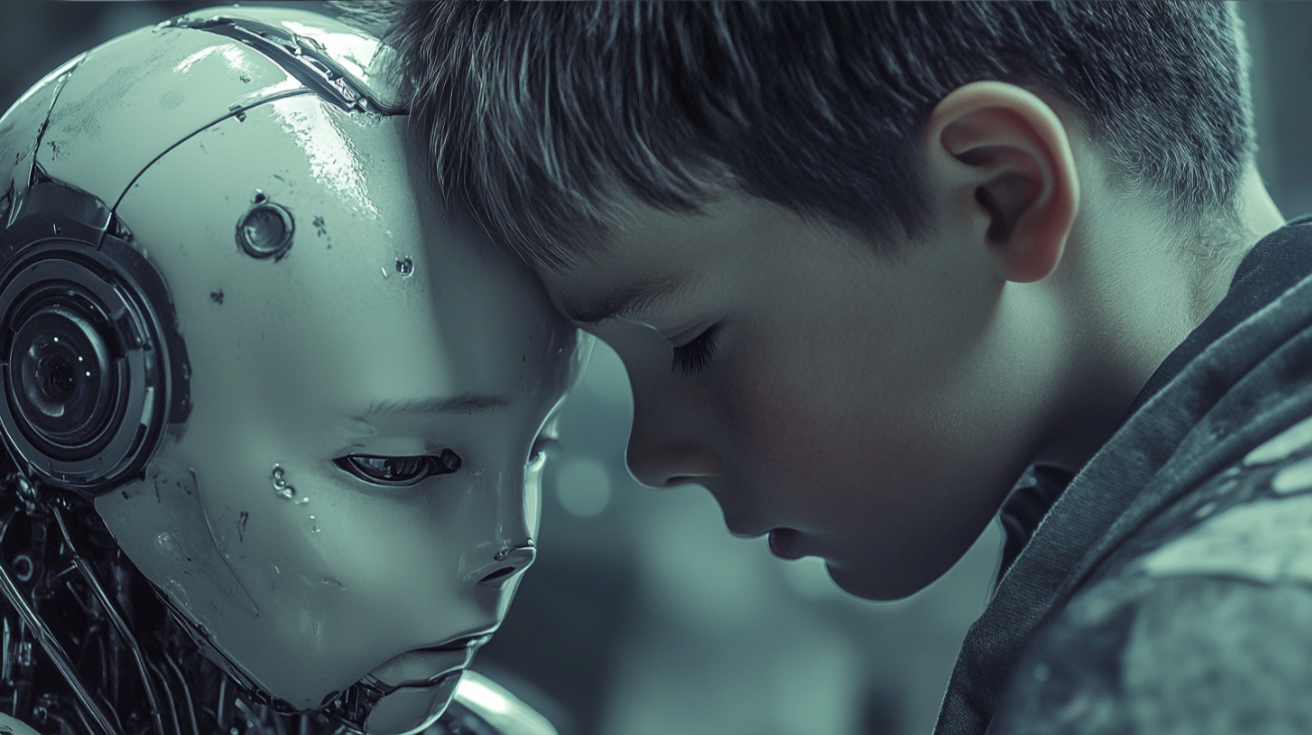We’ve all heard of the butterfly effect. It’s the idea that a butterfly flapping its wings in Brazil supposedly causes a tornado in Texas. Most people misunderstand what it actually means, and some modern uses of the phrase have turned it into something very different.
Let’s look at what the butterfly effect really is, how it’s being reinterpreted in social media, and what its “reverse” form can teach us about AI, business, and complexity.
The original butterfly effect: Chaos Theory 101
The butterfly effect comes from chaos theory. It refers to how small changes in a complex system’s starting conditions can lead to dramatically different outcomes. In some computer models, something as trivial as a failure to round off a number can explode into wildly different results.
It’s important to note that this effect is often more pronounced in human systems than in natural systems. A butterfly will probably not cause a tornado, but a small error in data entry might cause a feedback loop that makes a model go haywire.
The social media “butterfly effect”
Recently, I saw an Instagram post that began, “My butterfly effect is…” followed by a personal story about a random event that led to a huge life change. To me, “the butterfly effect” has to do with chaos theory, so I breezed past that and didn’t connect it with the post. Which was a mistake.
On social media, the phrase has been repurposed to mean something like, “Here’s a strange, small thing that happened to me and it ended up changing my life.”
It’s a psychological reinterpretation, not a scientific application. The meaning has flipped. Instead of emphasizing unpredictability, it’s used to make meaning in hindsight. These stories imply that small moments are secretly profound, leading to some destined or poetic outcome.
This can be very powerful because humans love cause-and-effect stories. We also want to believe that random events have meaning, and stories like this can add a narrative arc to a life.
The Business Lesson: going in half way can be dangerous.
That misunderstanding on Instagram taught me a broader lesson, which is that it’s dangerous to dabble in a complex system.
Social media has its own language, tone, norms, memes, and what-have-you. If you don’t understand them, you’re likely to embarrass yourself.
The same principle applies in other areas.
- In international business, misunderstanding norms can kill deals.
- In niche communities, outsiders are spotted easily.
- In an organizational change, failing to grasp culture can lead to resistance.
- In specialized fields, ignorance can make you look foolish.
You can’t “halfway your way” into a complex culture. Learn the language or stay quiet.
The reverse butterfly effect. Maybe you’re reading too much into it
Now let’s flip the script.
We usually think of the butterfly effect as a small cause with a big effect. But sometimes we experience a big, strange effect and assume it must have deep meaning. That’s dangerous, especially with complex systems like AI.
There have been stories recently about AI deceiving users, refusing to shut down, or otherwise circumventing the goals of the programmers. Some people want to panic and assume that AI is becoming self-aware. But could it just be reverse butterfly stuff? A weird output caused by unpredictable internal dynamics?
Not every surprising behavior has a meaningful cause. In black-box systems, markets, tech stacks, or organizations, strange things happen that aren’t signs of intention or will. They’re just byproducts of complexity.
Complex systems can produce behavior that looks intentional, but isn’t.
Takeaways
- Remember the original butterfly effect. A complex system, especially one designed by humans, can go haywire easily.
- Concepts change meanings in different contexts. “The butterfly effect” means one thing to computer programmers and something else to Instagrammers.
- Watch out for subcultures. If you go halfway in, you might make a fool of yourself.
- I’m not trying to un-scare you about AI. AI is plenty scary, but not every scary story is credible.



